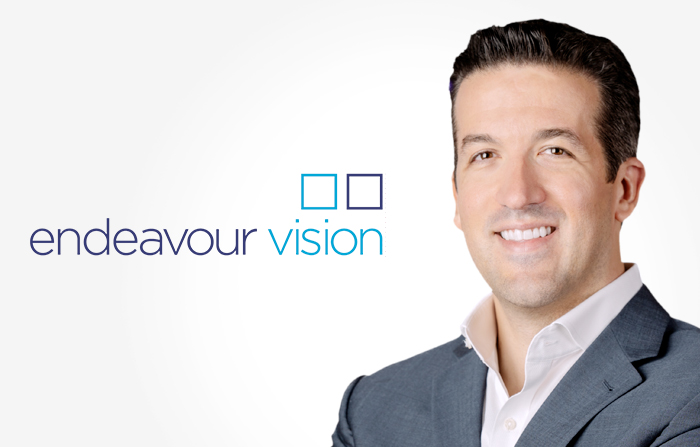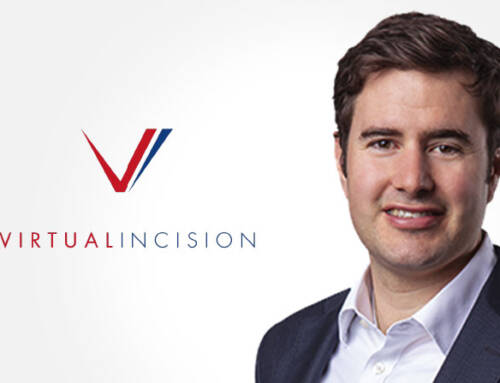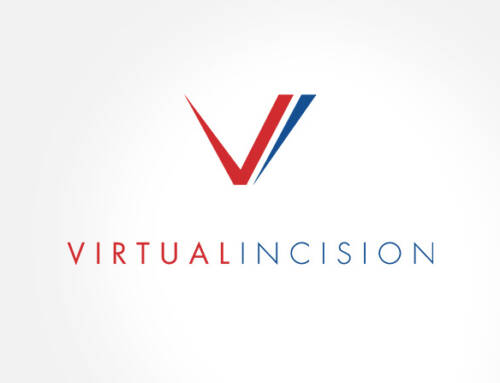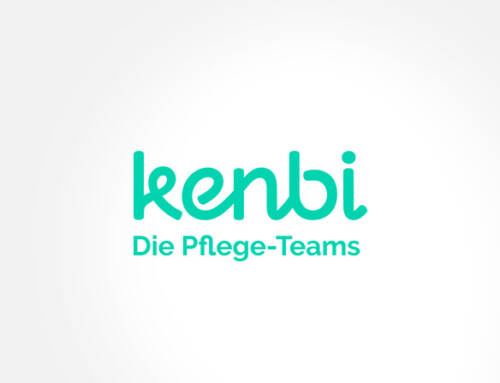Daniel van den Bergh recently joined Endeavour Vision as a Senior Investment Director based in San Francisco. Here he tells us about the career journey that brought him to his present role and the kinds of investment opportunities that excite him most.
Tell us about your background in healthcare investing?
– I spent the last 15 years in healthcare and the last decade focused on its digital enablement, both as an investor and as a company operator. Before joining Endeavour Vision, I was an investor with KP Ventures, the $550M strategic venture capital fund of Kaiser Permanente, a US-based integrated delivery network encompassing health insurance, hospitals, and medical groups all under one roof, and caring for over 12M members with revenues north of $90B a year. I had the privilege of learning from an organization that has been providing value-based care for over 75 years, understanding the innovation needs around such a model, and witnessing the growth of some early digital health players which are now household names including Ginger (now Headspace Health), Omada Health, and Health Catalyst. Most recently, my investment work has spanned mental health (NOCD), medical IOT cybersecurity (Ordr), and the hospital-at-home (Kaiser’s investment in Medically Home).
What are your key take-aways from your experience with Kaiser Permanente Ventures?
– There are many problems to address in healthcare, therefore lots of business models that can be built around such needs. The key is to identify (a) a clear “high-priority bucket” item, a burning need, which already has dedicated budget to it and stakeholders with prepared minds, and (b) a champion inside the organization willing to spend time afterhours to get the solution through the obstacle course. The pandemic has drastically narrowed the width of this priority bucket. I’ve seen powerful and deployment-ready digital health solutions fail to gain ground or getting deprioritized, which is painful to see, but I’ve also seen other players addressing new challenges such as enabling virtual-first engagement with patients, addressing caregiver shortages, or protecting against the fast-growing number of cyber-attacks against hospitals gain significant attention.
What are the trends that excite you most as an investor in digital health?
– I’m currently focusing time on three broad trends as investment themes: (1) Decentralization of care delivery, both towards virtual and home settings, (2) the modernization of the healthcare organization tech stack, especially when it comes to freeing up clinically-trained talent performing non-clinical and administrative tasks, and (3) the rise of consumerization in healthcare. On that last point, I’m less interested in models that solve for convenience or access solely, but think models that can tie direct-to-consumer engagement with payer reimbursement will become of incredible importance over this decade; having a store front on the “virtual Main Street” (i.e. Google) where the patient looks for care or expresses distress or concerns will be paramount. Beyond these three themes, I am also ramping up my understanding of the digital needs of the medical device and biopharma stakeholders, as well as care models that can factor in the growing availability of non-medical and social determinants data around patients to better manage their care proactively.






